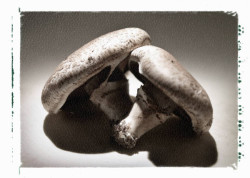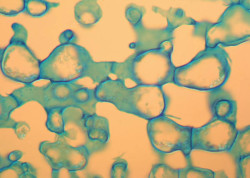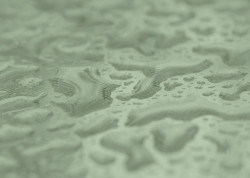What Types of Molds are Seen Before Mold Treatment
Like most living organisms, mold and fungus come in a variety of different types. While they all have basic similarities, each has certain characteristics that set it apart from the others.
Here’s a look at some of the more common types of mold. Any fungus found indoors is likely to come from this group.
- Aspergillus spores are generally present in the atmosphere. While they don’t normally cause illness, exposure can result in upper respiratory infections with symptoms such as fever, cough and breathlessness. People with existing respiratory conditions or weakened immune systems are the most susceptible.
- Altenaria is also readily airborne with a greater presence during summer and early fall. A known allergen, altenaria is a primary source of hay fever and similar reactions. Studies have also shown a link between alternia exposure and asthma.
- Aureobasidium is a yeast-like mildew that may be pink or black in appearance. Unlike aspergillus and alternia, these spores become airborne only through manual disruption of contaminated materials. It can often be found on damp surfaces such as shower curtains and tile grout or outdoors on siding.
- Stachybotrys chartarum is a greenish-black mold that needs a regular source of moisture such as high humidity or water leaks to grow. It feeds on paper, fiberboard and other materials rich in cellulose.
If you find mold and fungus in your home or office, it should be removed regardless of the type. Our MoldExterm system can successfully treat any type of mold safely and effectively with minimal disruption to your activities. Contact us to schedule a free mold inspection by one of our trained technicians.




